Reviewed by Dr.Vijaykumar Kamat & written by
Dr. Shivani Desai.
Anemia may be to blame if you feel tired, weak, have trouble sleeping, or are unable even to moderately exercise. What you need to know about anemia is presented below.
What is Anemia
When the number of red blood cells in circulation decreases, anemia is the result. Anemia is the most common type of blood disorder. Anemia can take on many different forms. There are people who suffer from sickle cell disease, in which the red blood cells have a defective shape. Some people are anemic since birth due to a genetic disorder that prevents their bodies from producing healthy red cells. To find the best cure for anemia, it is crucial to identify the cause.
You can click here to learn more about anemia or consult our doctors for help.
Anemia Symptoms You Shouldn’t Ignore
Anemia can cause a variety of symptoms. These are the main symptoms:
Feeling Dizzy
A lack of iron or vitamin B12 leads to a shortage of hemoglobin. Hemoglobin is responsible for the red color of the RBCs. The hemoglobin also binds the oxygen to the red blood cells and transports it through the bloodstream to all body parts. Iron deficiency leads to a lack of hemoglobin, which prevents oxygen from reaching all parts of the human body. Anemia can cause people to feel dizzy and out of breath due to a lack of oxygen reaching the brain cells.
Feeling tired and weak
Anemia can cause fatigue and weakness. A general sense of exhaustion is felt. Each person may feel it differently. Shortness of breath and dizziness are both symptoms of fatigue, which is due to a lack of oxygen reaching the brain cells and other body parts.
Pale Skin
Your skin will start to appear pale and unhealthy when there is a lack of red blood cell and you are not getting enough oxygen. It can also be caused by an inadequate supply of oxygen and nutrients for the skin cells.
Pain in the Chest
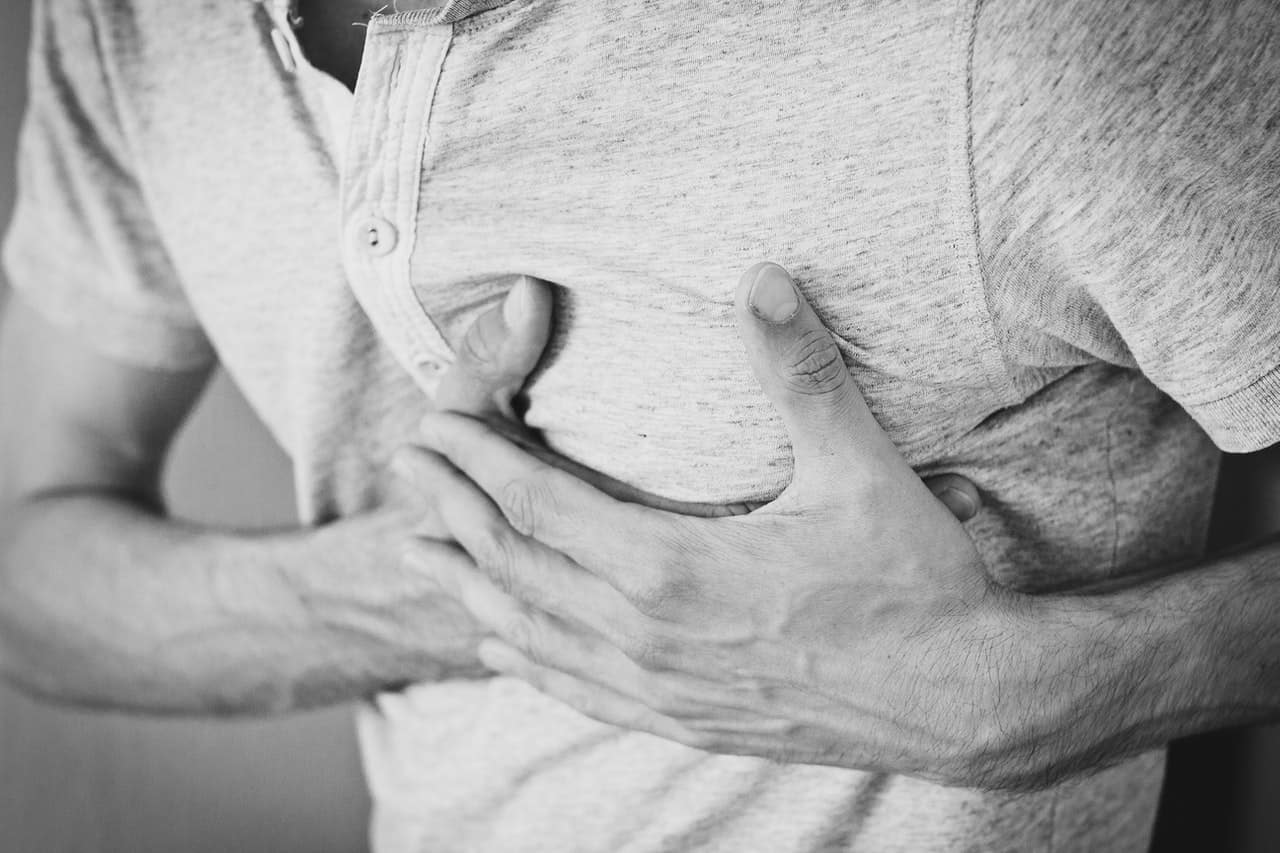 When there are fewer red cells in circulation, the heart must work harder to pump blood to the various parts of the human body. You may experience stress or chest pain if your heart begins to beat faster than usual. You may experience irregular heartbeats or heart murmurs when your heart is working harder.
When there are fewer red cells in circulation, the heart must work harder to pump blood to the various parts of the human body. You may experience stress or chest pain if your heart begins to beat faster than usual. You may experience irregular heartbeats or heart murmurs when your heart is working harder.
Cold Hands & Feet
Some people experience colder hands and feet. It could be caused by a lack of iron. It is due to a lack of healthy red cells in the body. The red blood cells are responsible for supplying oxygen and nutrients to every part of the body and maintaining a normal body temperature. If you are lacking in RBCs you will feel cold.
Strange Cravings
You may be suffering from anemia if you crave unnatural foods such as clay, baking soda, dried paint, or ice.
Constant Headaches
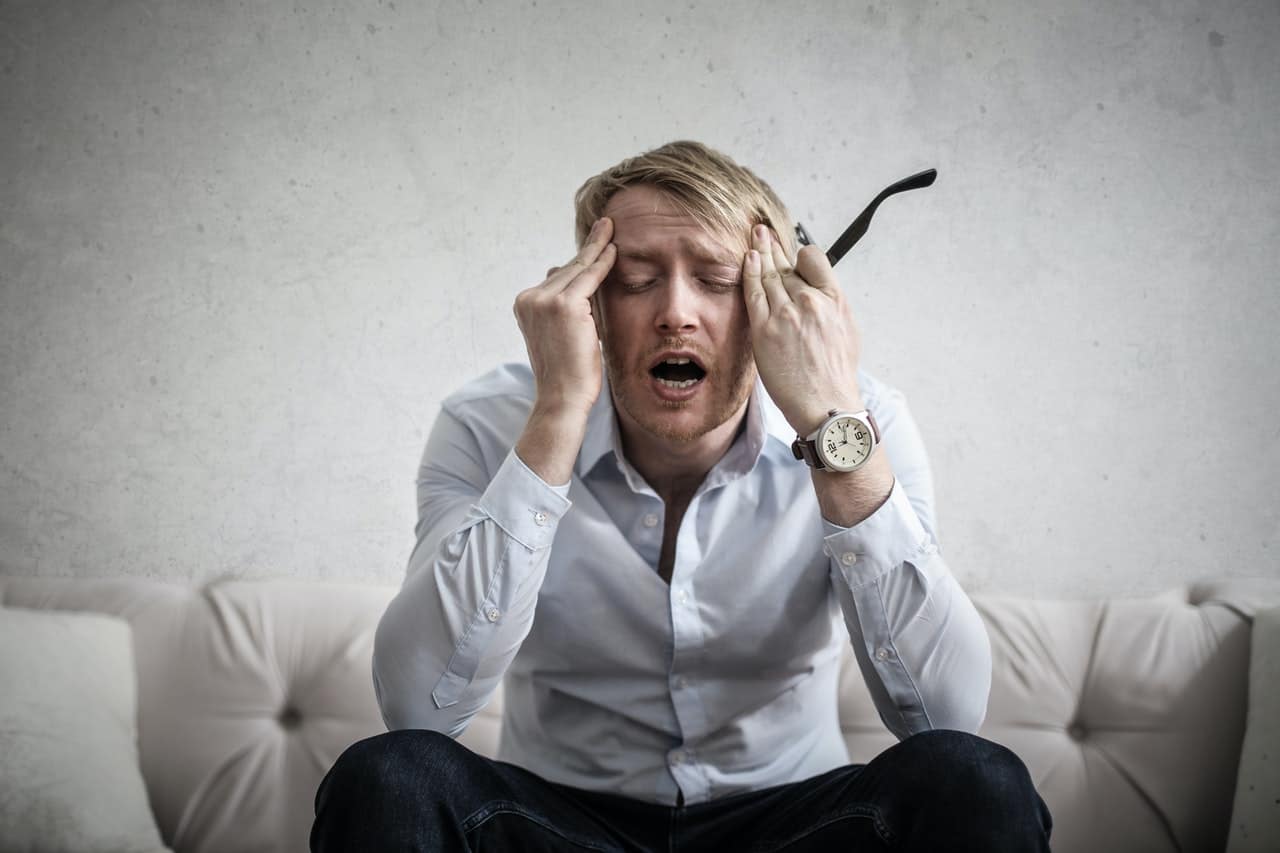 Headaches can be caused by stress, lack of sleep, or other factors. If you have frequent headaches, you may want to check your iron levels. These headaches can range in severity from mild to severe. It is best to have a correct diagnosis in order to find the most effective treatment for migraine.
Headaches can be caused by stress, lack of sleep, or other factors. If you have frequent headaches, you may want to check your iron levels. These headaches can range in severity from mild to severe. It is best to have a correct diagnosis in order to find the most effective treatment for migraine.
Cramping & Tingling In Fingers
Lack of oxygen can cause tingling and cramping in the limbs. Anemia can also cause a crawling feeling in the legs and feet. It may get worse at night.
Causes of Anemia
-
Long-Term Blood Loss
Iron deficiency is most commonly caused by heavy menstrual bleeding in women, peptic ulcer disease, colon cancer, and uterine cancer. This can be caused by heavy menstrual blood loss in women, peptic Ulcer Disease, colon Cancer, Uterine Cancer, and malignant tumors.
-
Poor Iron Absorption
A diet that is iron deficient or has poor iron absorption can also cause iron deficiency. Celiac disease can cause poor absorption.
-
Anemia can affect pregnant women, especially if they do not take enough iron. A pregnant woman requires more iron than a non-pregnant woman.
-
Poor Diet
Anemia can also be caused by a diet deficient in vitamins B12 and folic acids. This is most common in children.
Certain conditions can reduce the production of red blood cells. The hormone erythropoietin does not stimulate red blood cell formation enough. hormonal balance is caused by health problems like hyperthyroidism.
Anemia is common in patients with chronic kidney disease. Anemia is common in people with CKD, and the condition worsens as it progresses. Anemia is caused by kidney dysfunction.
It is most common in children who do not consume enough iron and folate. Anemia is common among older people who suffer from various health conditions such as diabetes and hypertension. It is good to donate blood, but it is unhealthy to do so frequently. It can also lead to anemia.
Treatment of Anemia
Treatment for anemia is dependent on its cause. In the conventional system, doctors prescribe Iron pills only to satisfy the body’s need without addressing its root cause. Ayurveda, Homeopathy, and other natural systems identify the root of the problem to achieve better results. You can contact our doctors free of charge for any anemia-related questions or assistance by visiting our website at www.biogetica.com or calling +18005920304.
The following natural ingredients may help you recover if you suffer from anemia:
- Kassisa: A natural Ayurvedic herbal traditionally believed to satisfy the dietary intake of iron in the body. It may restore normal hemoglobin. [1]
- Saribha hemidesmus indicus: According to studies, this herb has been traditionally used for boosting energy levels and stimulating the production of red blood cells. [2]
- Kandasari sugar: It is a natural sweetener obtained from a tree and is called Jaggery. It is believed that it can help improve hemoglobin and iron levels. [3]
Anemia Diet Recommendations
Those who suffer from anemia can reduce the symptoms of their condition by modifying their diet.
- Anemia symptoms can be improved by eating foods high in iron, vitamin B12 and folic acid.
- Fresh fruits and vegetables are a great way to ensure you get enough fibre and nutrients.
- Include dark, green leafy vegetables in your diet. Iron and folate are found in vegetables such as spinach and kale.
- Say ‘No!’ to foods like beans, and whole grains. Oranges, strawberries, and other fruits may increase iron absorption.
- Iron is found in red meat, lamb, and venison. Organ meats are not eaten by many people, but they contain a lot of iron.
- Heme iron is found in seafood such as crabs, oysters, and shrimp. Iron-rich foods include fresh tuna, pompano, mackerel and perch.
- Vegetarians can choose from a variety of iron-rich beans and legumes including kidney beans, chickpeas black-eyed beans, lima beans, and soybeans.
- Iron is abundant in nuts and seeds. Cashew nuts and pistachios are good sources of iron, as well as pumpkin seeds, sunflower seeds, and cashews.
- Beetroot, a popular vegetable, helps increase red blood cells. It contains natural iron, which helps to increase hemoglobin. Regular consumption of beetroot can help improve the number of red cells. You can eat it raw or cooked.
- Iron-rich foods should not be consumed with beverages such as tea or coffee, foods high in calcium and oxalates, and eggs.
- Oranges, strawberries, and tomatoes are rich in vitamin C. They may help iron absorption.
- Apricots red peppers, beetroot, and other foods high in beta-carotene may help improve iron absorption.
For more anemia diet tips click here or consult our doctors for free.
Moderation is the key:
Anemia patients should avoid foods like sesame cake, alcohol, salt, and asafetida. They also need to limit their intake of black gram, peas, heavy fried foods, and asafetida.
Avoid Foods That Are Like:
- Caffeine, chocolates, and alcohol. These foods can cause hormonal imbalances and interfere with iron absorption.
- Fried foods and refined Sugar
- Tea reduces iron absorption in the body.
You can consult our doctors online 24/7 at www.biogetica.com.
Reference Links:
- https://www.ncbi.nlm.nih.gov/pmc/articles/PMC5255971/.
- https://www.ijsr.in/upload/1551655300Microsoft%20Word%20-%20Paper%2011.pdf.
http://www.njppp.com/fulltext/28-1531885299.pdf.






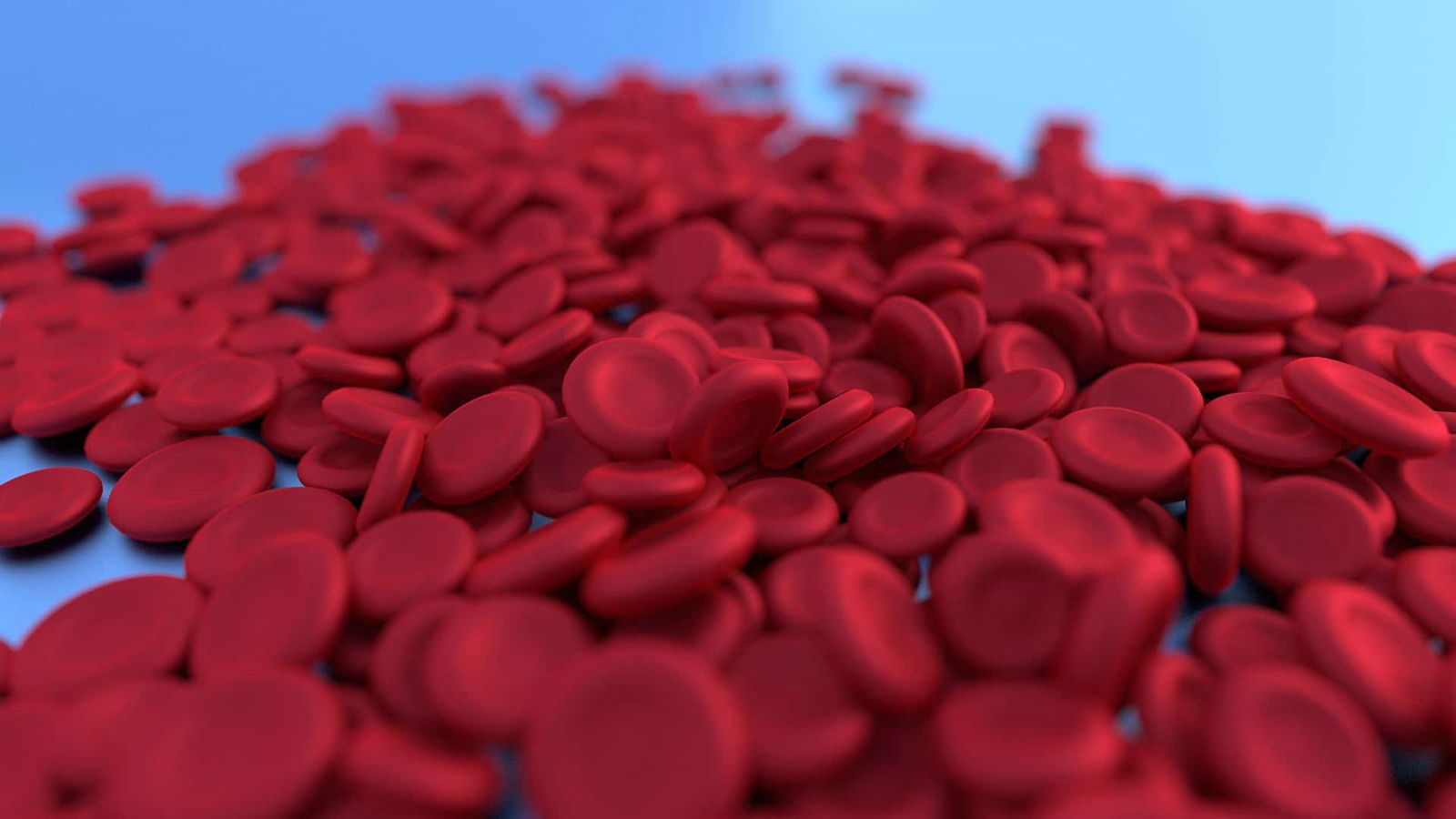
 When there are fewer red cells in circulation, the heart must work harder to pump blood to the various parts of the human body.
When there are fewer red cells in circulation, the heart must work harder to pump blood to the various parts of the human body. Headaches can be caused by stress, lack of sleep, or other factors.
Headaches can be caused by stress, lack of sleep, or other factors.

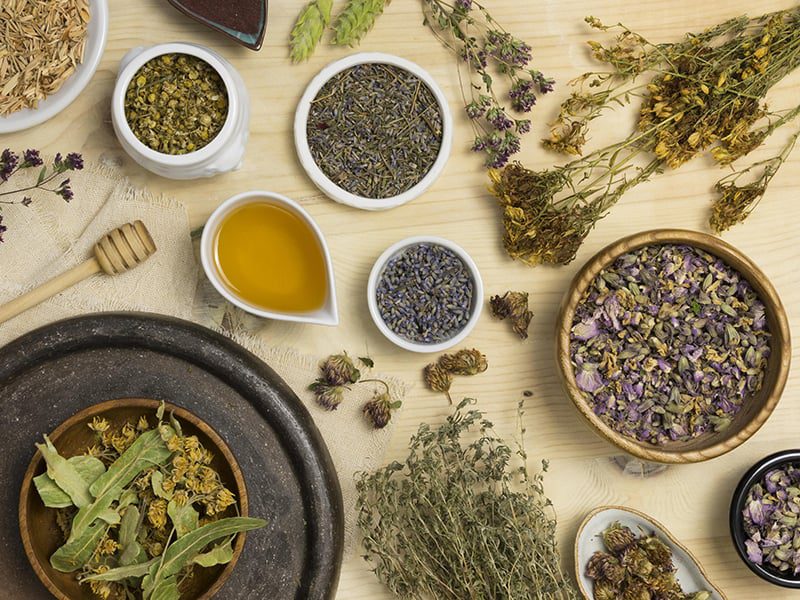


























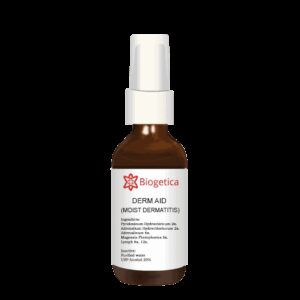
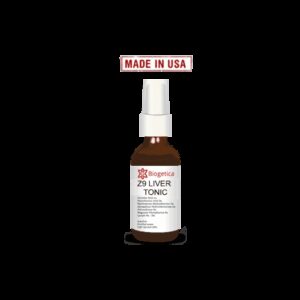
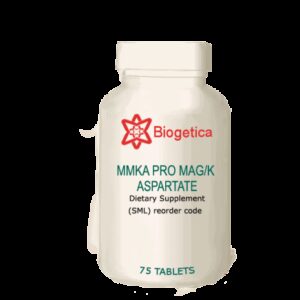
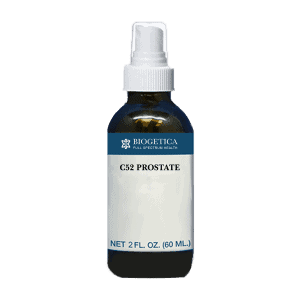
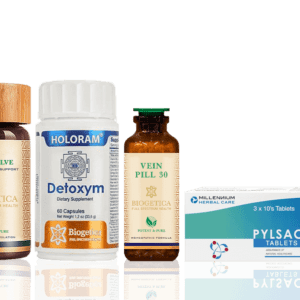
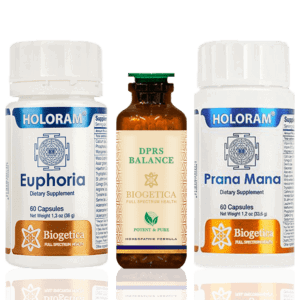

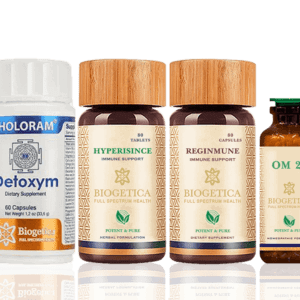
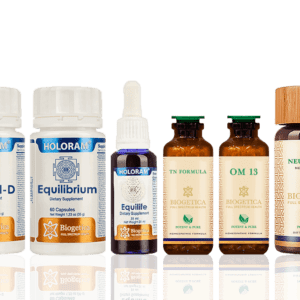
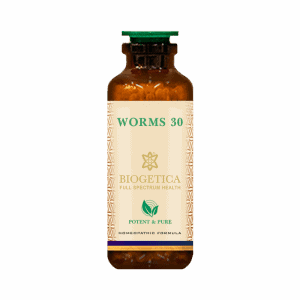
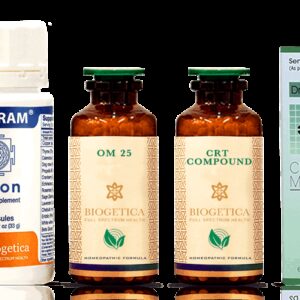
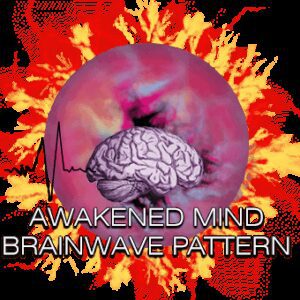
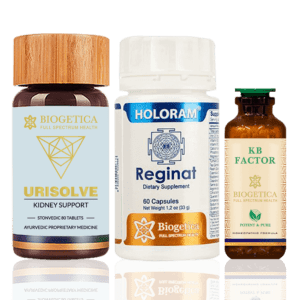
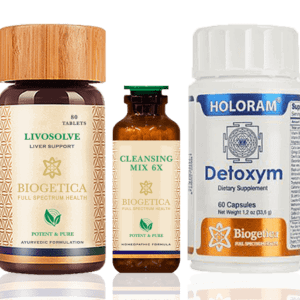
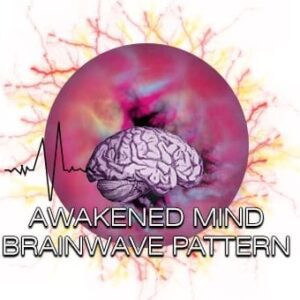
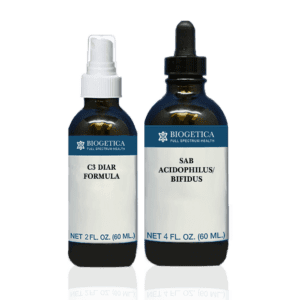
Explore the ranked best online casinos of 2025. Compare bonuses, game selections, and trustworthiness of top platforms for secure and rewarding gameplaycasino bonus.